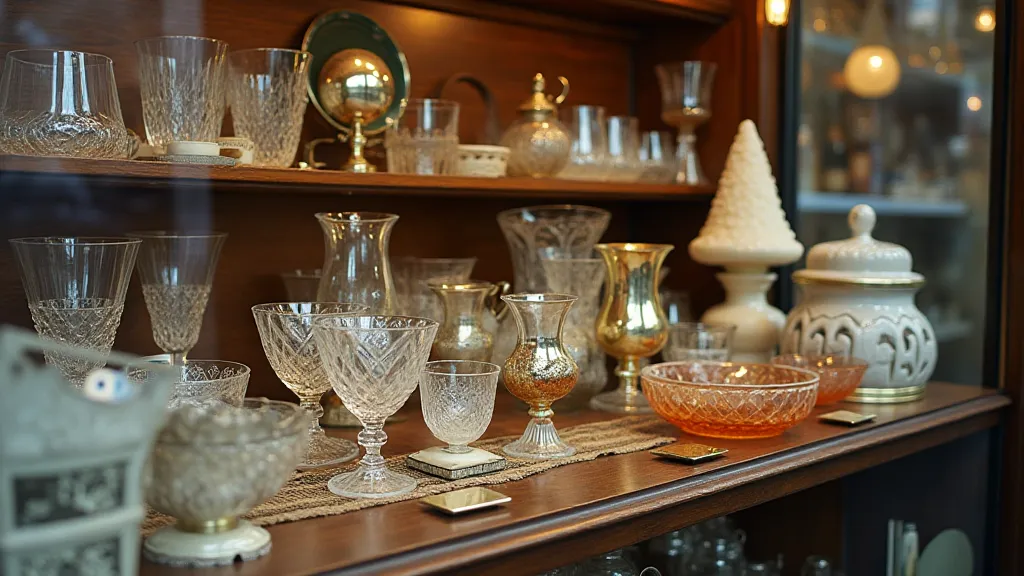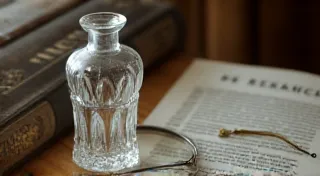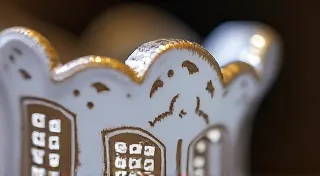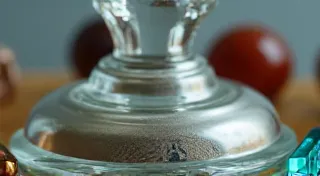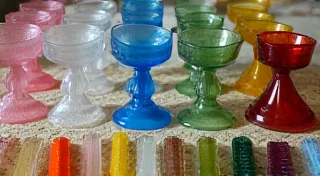Decoding Pressed Glass: A Beginner's Guide to Identifying Patterns
Welcome to the fascinating world of antique pressed glass! Identifying these beautiful pieces can seem daunting at first, but with a little knowledge and practice, you're well on your way to becoming a seasoned collector. This guide provides a beginner-friendly overview of the techniques and terminology used to decipher pressed glass patterns.
What is Pressed Glass?
Pressed glass is a type of glassware made by forcing molten glass into a mold using a plunger. This process allows for intricate designs to be reproduced, leading to a wide variety of decorative patterns popular from the mid-19th century through the early 20th century. While other types of antique glass exist (cut glass, blown glass), this guide focuses specifically on pressed glass. Understanding the manufacturing process is key to appreciating the nuances of these pieces – a process that is distinctly different from, say, the vibrant and collectible Depression glass patterns that followed later.
Key Features to Observe
When trying to identify a pressed glass pattern, pay close attention to these key features:
1. Tooling and Embossing
Tooling refers to the raised elements and relief work visible on the glass. Embossing is a specific type of tooling where designs are pressed into the glass, creating a recessed effect. Look for:
- Floral Motifs: Roses, lilies, daisies, and other flowers are incredibly common.
- Geometric Shapes: Diamonds, stars, and other repeating patterns are frequently seen.
- Ribbonwork: Raised, undulating designs resembling ribbons.
- Animal Figures: Birds, squirrels, and other animals occasionally appear.
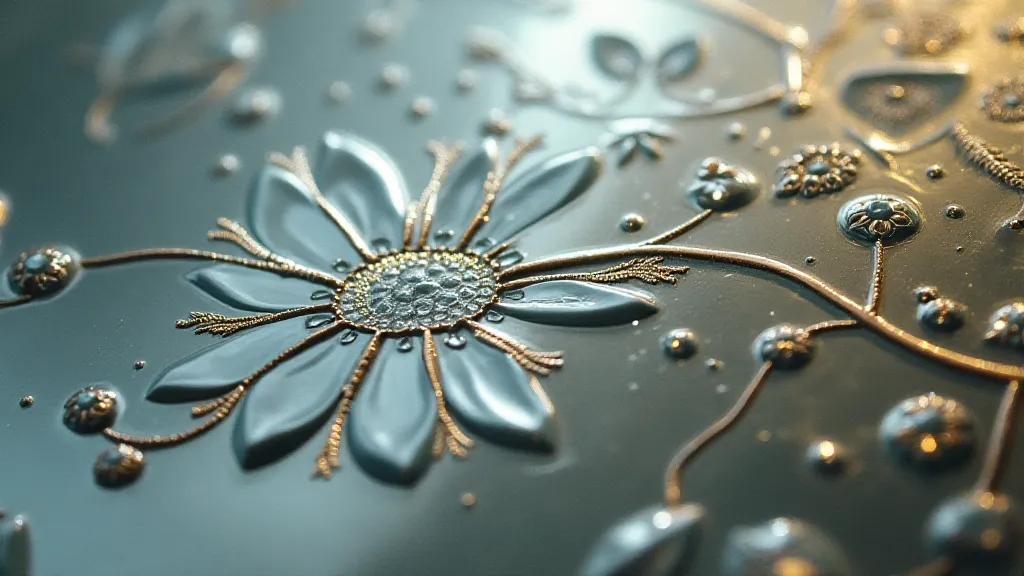
2. Pattern Names and Characteristics
Many pressed glass patterns have established names, often assigned by manufacturers or later collectors. Some well-known patterns include:
- Cloverleaf: Recognizable by its distinctive cloverleaf-shaped depressions.
- Swan: Features a swan motif, often in pairs or groups.
- Pressed Cherry: Marked by its raised, cherry-like depressions.
- Panel Plate: Characterized by rectangular panels within the glass.
Pattern books and online resources (though be cautious of inaccuracies!) can be helpful in matching observed features to known pattern names. Sometimes, identifying the manufacturer’s mark can be a significant clue, similar to decoding glass marks on other types of antique glassware. Knowing the mark can often lead directly to pattern information and manufacturing dates.
3. Color Variations
The color of pressed glass can be a significant clue to its age and manufacturer. Common colors include:
- Amberina: A rare and highly sought-after amber-orange color.
- Vaseline Glass (Uranium Glass): A yellow-green color that glows under ultraviolet light.
- Cobalt Blue: A rich, deep blue hue.
- Green: Various shades of green were popular.
Remember that color variations can occur within a single pattern, so don't rely on color alone for identification. The subtle color variations can be quite complex and sometimes depend on specific production techniques and the quality of raw materials. Furthermore, certain colors are more closely associated with specific manufacturers and eras. If you’re struggling to pinpoint a pattern, looking into the manufacturing history and specialties can be enlightening – especially when dealing with brands like Fenton.
4. Shape and Size
Consider the overall shape of the piece (plate, tumbler, compote, etc.) and its size. A particular pattern might be produced in various forms. The context in which the glass was used also provides valuable clues. For example, certain patterns might be predominantly found on tableware, while others are more common on decorative pieces.
Delving Deeper: Understanding Manufacturers and Styles
Identifying pressed glass isn't just about recognizing patterns; it's also about understanding the manufacturers and the styles they employed. The American glass industry flourished in the 19th and early 20th centuries, with numerous companies competing to produce innovative and beautiful glassware. Each manufacturer developed its own distinctive characteristics, including specific tooling techniques, color palettes, and design aesthetics. Learning to identify these nuances can significantly enhance your ability to pinpoint the origin and age of a piece.
Companies like Fenton, known for their artistic and diverse range of pressed glass, often incorporated unique design elements and color combinations. Trying to identify identifying Fenton glass can be a rewarding challenge, as their pieces showcase the company’s commitment to craftsmanship and innovation. While the patterns can be complex, Fenton’s quality and artistry often make the effort worthwhile. Heisey Glass also holds a significant place in the history of American pressed glass, and learning to identify Heisey glass patterns provides valuable insight into a different aesthetic and manufacturing style. Their often more restrained designs offer a fascinating contrast to the bolder styles of other companies.
Resources for Further Research
Identifying antique pressed glass is an ongoing learning process. Here are some avenues to explore:
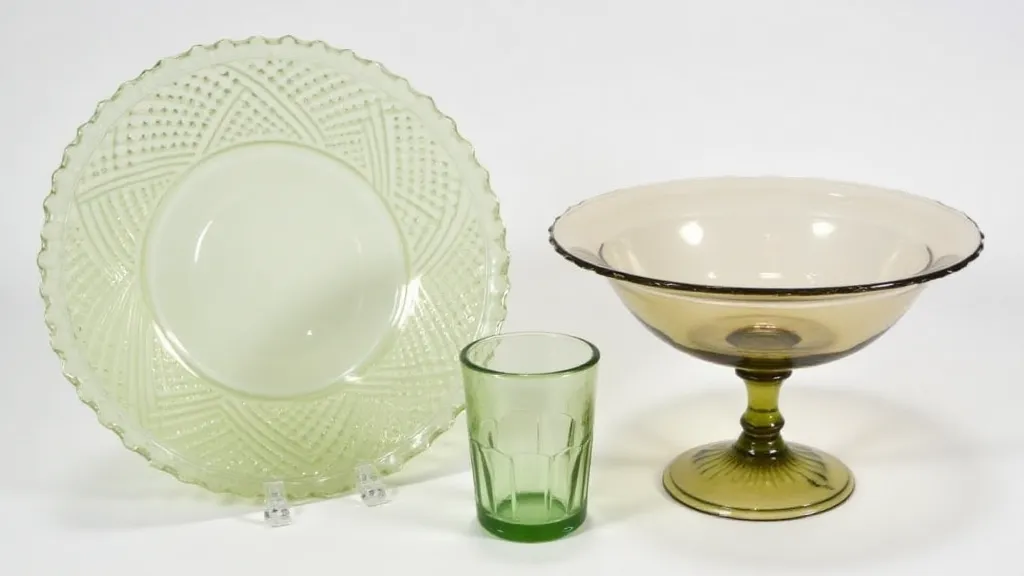
Common Challenges and Troubleshooting Tips
Even experienced collectors encounter pieces that defy easy identification. Here are some common challenges and troubleshooting tips:
- Pattern Variations: Manufacturers often experimented with variations on established patterns, making identification more difficult.
- Reproduction Pieces: Be aware that reproduction pieces exist, and these can mimic the appearance of genuine antique glass.
- Damage and Wear: Damage and wear can obscure pattern details, making identification challenging.
When faced with an unidentified piece, consider the following:
- Consult Multiple Resources: Compare the piece to examples in multiple pattern identification guides and online resources.
- Seek Expert Advice: Consult with experienced collectors or antique dealers for their insights.
- Document Your Findings: Keep detailed records of your observations and research.
Practice Makes Perfect
Don't be discouraged if you can't identify a pattern immediately. Keep observing, researching, and comparing your findings. With patience and a keen eye, you’ll unlock the secrets of antique pressed glass. The more you look, the more familiar the patterns become, and the more rewarding the experience will be.
